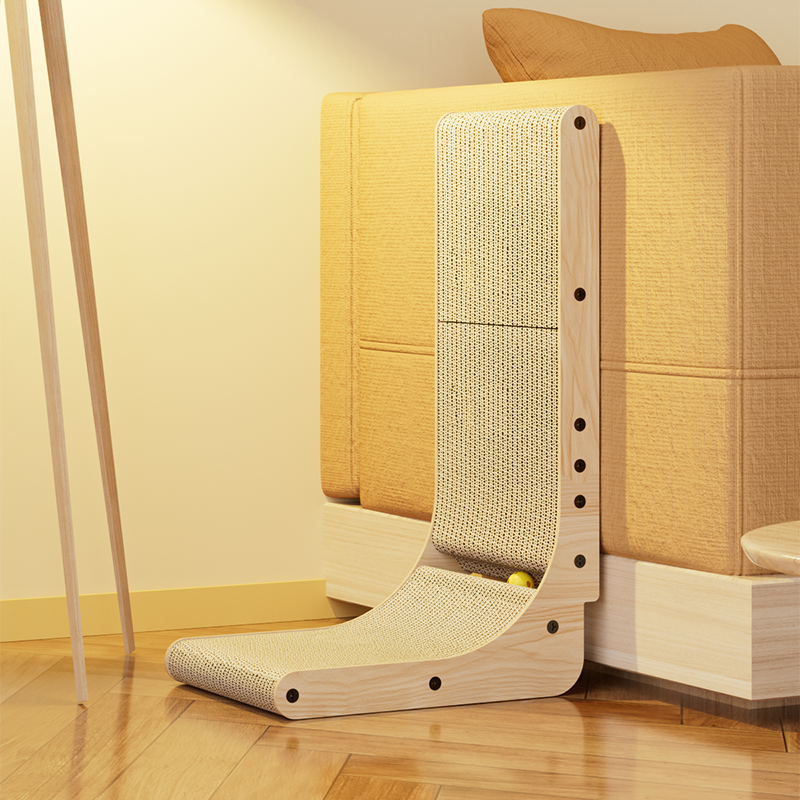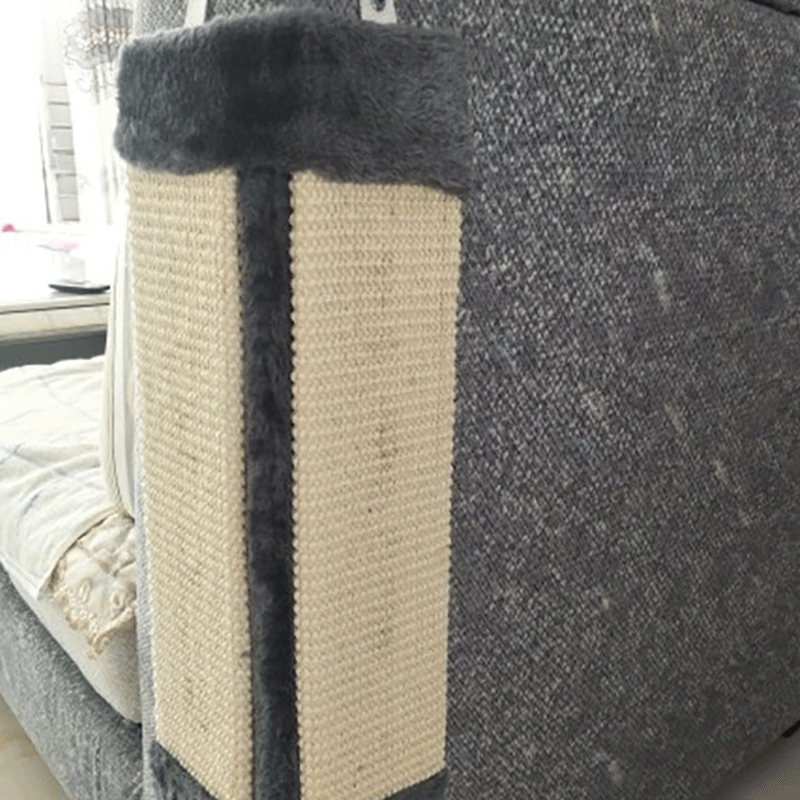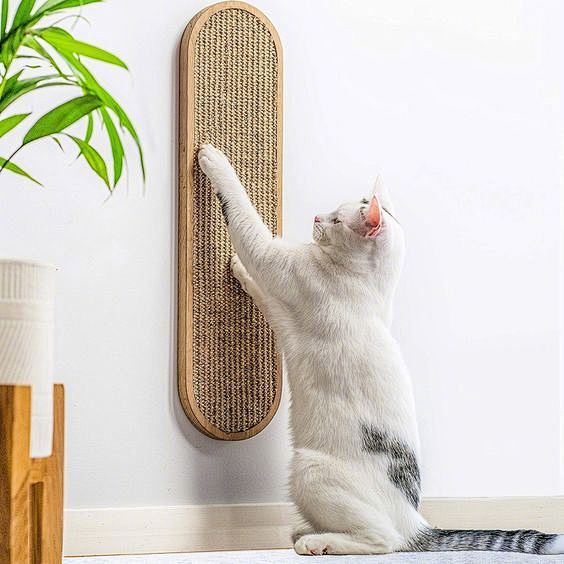Many owners are puzzled as to why their cats scratch the sofa even when they have a scratching post. Scratching is actually a healthy and normal behavior for cats. They may scratch when they are excited, happy, or simply to maintain their claws. Additionally, scratching serves as a way for cats to leave their scent and mark their territory.
The reasons behind this behavior:
1. Natural Instinct:
Scratching is an instinct for cats. They have an innate need to stretch their muscles and maintain their claws.
2. Territorial Marking:
Cats have scent glands in their paws, and scratching allows them to leave their scent and mark their territory.
3. Cats may scratch when they are excited or happy.
It’s a way for them to release pent-up energy and express their emotions.
4. Preference for Texture:
Some cats may prefer the texture of the sofa over the scratching post.
5. Boredom or Stress:
Cats may scratch out of boredom or stress.
Solutions:
1. Choosing the Right Scratching Post:
Addressing a cat’s scratching behavior involves guiding them to the proper place to sharpen their claws rather than trying to stop the behavior entirely. Some owners may be puzzled as to why their cat continues to scratch the sofa despite providing a scratching post. Merely providing a scratching post is just the first step. If the chosen scratching post doesn’t offer a similar scratching experience to the sofa, it won’t attract the cat. Therefore, selecting the right scratching post is crucial.
Those small, lightweight scratching posts that cats can easily push around won’t appeal to them. So, it’s essential to choose a scratching post that suits your cat. The scratching post must be stable enough and opt for ones with higher weight and density. Therefore cats enjoy scratching those more. When it comes to scratching poles, ensure they have a stable base for safety.

Our Classic L-Shaped Cat Scratching post effectively solves the problem of unstable bases. By installing it in a corner, you provide a safe and comfortable scratching environment for your cat. Meanwhile, Our L-shaped cat scratching board is crafted from high-density corrugated cardboard, ensuring durability that withstands your cat’s scratching while remaining gentle on their paws. The built-in playball adds an element of entertainment, enticing your cat to bat and play for hours. Plus, being made from recycled cardboard, this scratcher is an eco-friendly choice that satisfies your cat’s instincts while being kind to the environment. Its stable and secure design prevents tipping or wobbling, even with enthusiastic scratchers. Available in multiple classic colors, you can choose the perfect option to seamlessly complement your home décor.

2. Protective Measures:
To protect your furniture, you can cover it with materials that make scratching uncomfortable for cats. For example, covering the sofa with plastic wrap can diminish the scratching experience for cats. This can lead them to reduce scratching on covered items. Alternatively, you can consider using furniture protectors made of soft and durable materials. These protectors not only safeguard your furniture but also fulfill your cat’s need to scratch and release energy.
3. Masking odors:
Cats have scent glands in their paw pads, and scratching allows them to leave their scent behind. Owners can spray scents that cats dislike in the areas where the cat has scratched to mask the odor. For example, citrus scents from fruits like oranges or lemons are often repulsive to many felines. Additionally, vinegar can act as a deterrent for cats. Similarly, synthetic pheromones can help reduce a cat’s scratching behavior. You can purchase synthetic pheromones and spray them on the furniture where your cat scratchers, or you can use a clean washcloth to rub the cat’s cheeks, where the scent glands are located, and then rub it on the furniture. This can help decrease scratching behavior.
4. Positive Reinforcement:
Use positive reinforcement techniques to encourage desired behavior, such as using the scratching post instead of marking territory on furniture. Reward your cat with treats, praise, or playtime when they use the scratching post appropriately. It’s important not to scare or physically punish your cat, as this can not only damage the bond between you and your cat but also be ineffective in addressing the behavior.
Understanding the reasons behind your cat’s scratching behavior can help you address the root cause and provide appropriate solutions. Remember to be patient and consistent in training your cat to use the scratching post instead of the furniture.

